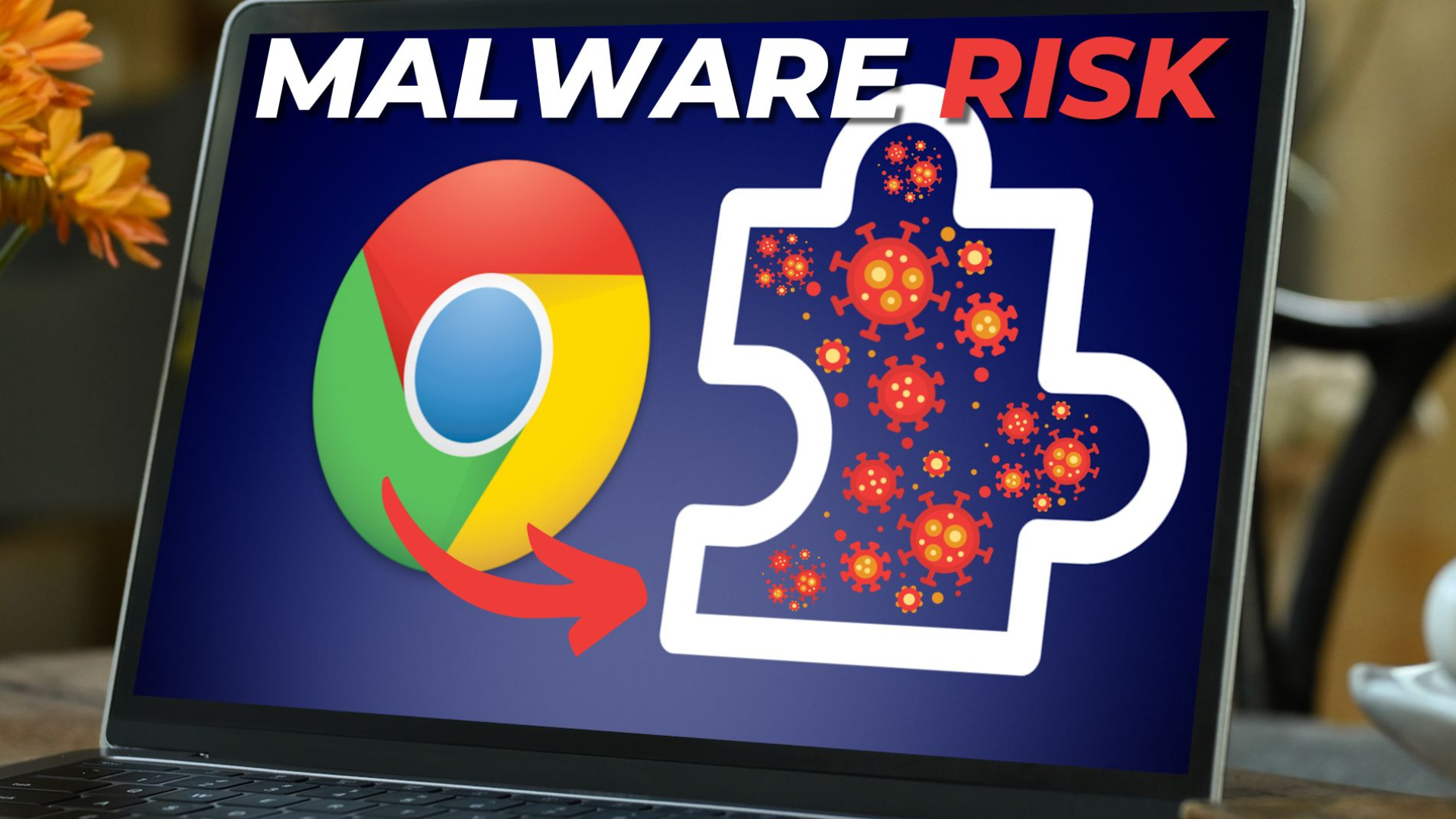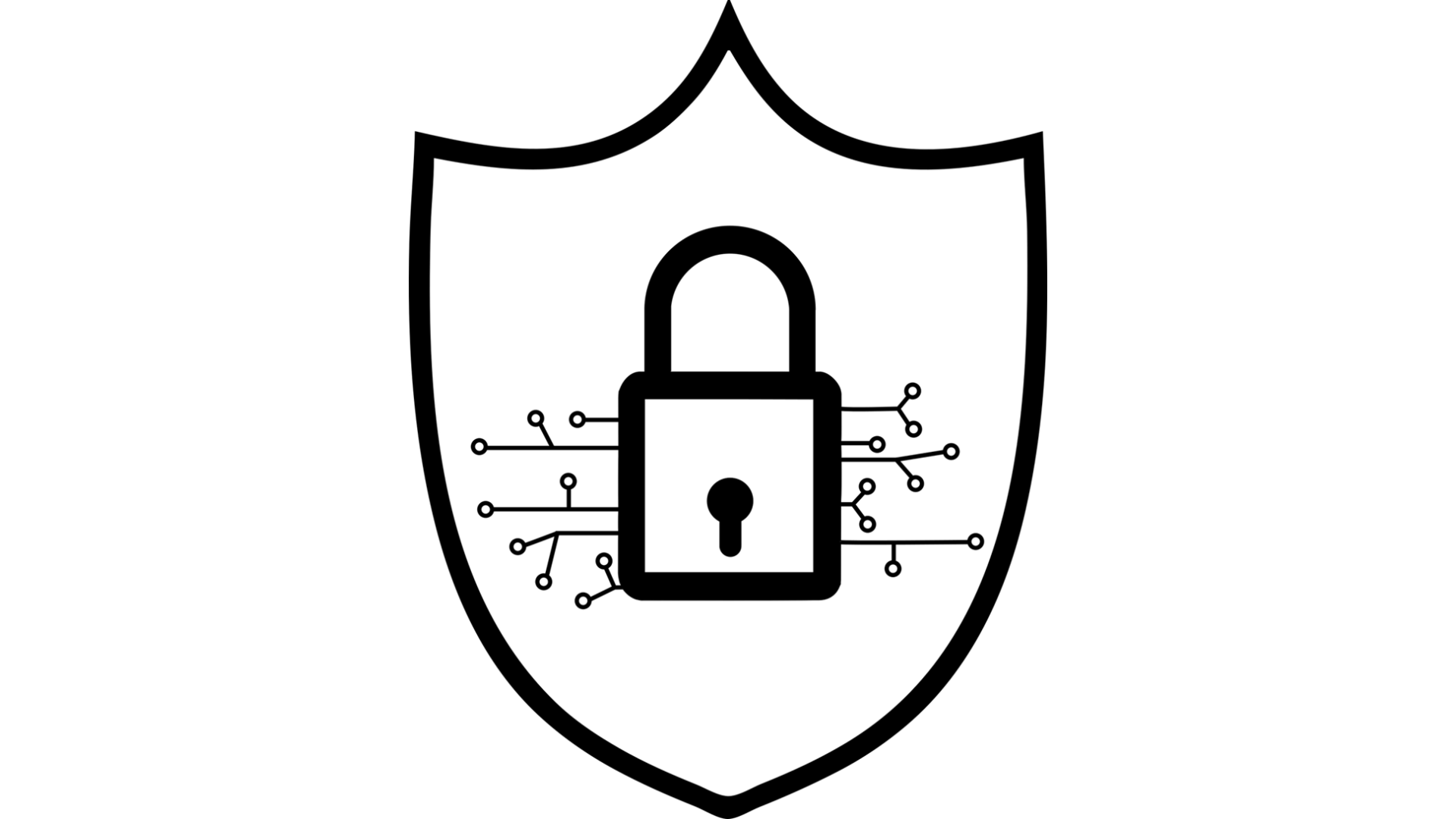Is that Chrome extension filled with malware?
If you're utilizing Google Chrome for your business operations, chances are you're well-acquainted with browser extensions. These handy tools have...
7 min read
![]() Totalcare IT
:
Aug 23, 2024 9:44:00 AM
Totalcare IT
:
Aug 23, 2024 9:44:00 AM
Once upon a time, in a bustling town filled with thriving businesses, there were two companies: Sweat & Regret and BeanCounterz.
Sweat & Regret was a thriving health and fitness startup, buzzing with innovative ideas and a team full of enthusiasm. However, during their rapid growth they’d overlooked one crucial aspect – cyber security. Their employees were skilled and dedicated yet had little to no training on how to protect the company's digital assets. Passwords were simple, emails were opened without caution, and security updates were often ignored.
On the other side of town was BeanCounterz, a modest accounting firm that prided itself on attention to detail and strong community ties. They were not tech wizards, but they understood the importance of protecting their clients' sensitive information. Under the guidance of their IT support partner, they invested in cyber security awareness training for their entire team. The training was engaging and interactive, filled with practical exercises and real-world scenarios that kept everyone on their toes.
One day, Sweat & Regret received an urgent email. It appeared to be from a trusted partner, asking for some sensitive information. Without a second thought, an employee responded, unknowingly giving cyber criminals access to the company's network.
This was actually a phishing email sent by cyber criminals pretending to be someone they trusted. Within hours, Sweat & Regret was in chaos. Client data was stolen, projects were disrupted, and their reputation took a hit. The recovery process was long, expensive, and stressful.
Meanwhile, BeanCounterz received a similar phishing email. Thanks to their regular training, the employees recognized the signs of a scam. They reported it immediately, and their IT team swiftly took action to block the threat. BeanCounterz continued their day, business as usual, unscathed and secure.
The experiences of Sweat & Regret and BeanCounterz highlight a critical lesson: Cyber security is not just the responsibility of IT experts but of everyone in the business. It’s not enough to have the best software and firewalls; your best defense is a well-informed team that knows how to recognize and respond to threats.
All businesses face a growing number of cyber threats. Cyber criminals no longer focus solely on large corporations; they’ve realized that SMBs can be easy targets due to limited resources and lack of stringent security measures.
This makes cyber security awareness training not just important, but essential.
Imagine walking into your office one morning to find your computers locked, with a message demanding a ransom fee in exchange for access. This nightmare scenario, known as ransomware, is becoming more common. The costs of these attacks can be devastating, ranging from financial loss to reputational damage and even legal repercussions.
Some businesses don’t recover from these kinds of breaches.
Consider the experience of Sweat & Regret. Their lack of cyber security awareness led to a data breach that disrupted their operations and damaged their client trust. It wasn’t just about the immediate financial cost but the long-term impact on their business relationships and credibility.
Technology can provide robust defenses, but the human element remains the weakest link in cyber security. Cyber criminals often exploit human behavior through tactics like phishing, where deceptive emails trick employees into revealing sensitive information or downloading malware (malicious software).
Training employees to recognize these threats can significantly reduce the risk. When everyone in your business understands the basics of cyber security, they become your first line of defense. At BeanCounterz, this understanding helped them avoid a potential phishing scam, saving them from the chaos that Sweat & Regret experienced.
Cyber security isn’t just the IT department’s responsibility – it’s everyone’s job. From the CEO to the newest intern, every employee plays a role in keeping the company safe. Why? Because cyber threats can come from any direction and affect anyone within the business.
For instance, an employee in HR might receive an email that appears to be from a job applicant but contains malware. A finance team member could get a fraudulent invoice that looks legitimate. Even the marketing team might be targeted with a fake social media request. Without proper training, any of these scenarios could lead to a security breach.
Cyber threats are constantly evolving. A training session from a year ago may not cover the latest phishing techniques or ransomware trends. Regular, ongoing training makes sure that employees stay updated on the latest threats and how to counter them.
BeanCounterz’s approach to cyber security wasn’t a one-and-done deal. They conducted regular training sessions, keeping their staff informed about new risks and reinforcing best practices. This proactive stance kept their defenses strong and their employees vigilant.
Not all training methods are created equal, and choosing the right approach can make a big difference in how well your employees absorb and apply the knowledge.
There are two main styles of training: Traditional and interactive.
Involves an instructor-led session where employees gather to learn about cyber security. This method can be effective for delivering comprehensive information in a structured format. But it often lacks engagement, and participants may struggle to retain the information.
Pros:
Cons:
Offer flexibility, letting employees learn at their own pace. These can be either live sessions or pre-recorded modules that cover various aspects of cyber security.
Pros:
Cons:
Interactive training methods are designed to actively engage employees, making the learning process more dynamic and memorable.
Involve sending fake phishing emails to employees to see how they respond. This hands-on approach helps employees recognize phishing attempts in a controlled environment.
Pros:
Cons:
Incorporate game elements into training modules, like quizzes, leaderboards, and rewards. This method makes learning fun and competitive, encouraging employees to engage more deeply with the material.
Pros:
Cons:
Role-playing scenarios
Put employees in hypothetical situations where they must respond to cyber threats. This method helps them practice decision-making and reinforces their understanding of security protocols.
Pros:
Cons:
Combine elements of classroom training with hands-on activities. They often include group discussions, practical exercises, and real-world case studies to provide a comprehensive learning experience.
Pros:
Cons:
Interactive training methods are a great way to keep employees engaged and eager to learn. Using simulations and role-playing scenarios lets employees get hands-on experience that helps them apply their new knowledge to real-world situations. Plus, activities like simulated phishing attacks provide immediate feedback, so employees can learn from their mistakes in a safe environment.
Adding gamified elements and friendly competition makes training fun and motivates everyone to boost their skills and knowledge. This type of participation leads to better retention and understanding of cyber security concepts.
While interactive training methods are highly effective, a balanced approach that incorporates various types of training can be the most beneficial. Consider combining traditional methods like online courses for foundational knowledge with interactive methods for practical application and engagement.
At BeanCounterz, they implemented a balanced program that included regular online modules to cover the basics, supplemented with quarterly interactive workshops and simulated phishing attacks. This combination made sure employees had a strong foundational understanding while continuously honing their practical skills.
Now it’s time to put this knowledge into action and implement a cyber security awareness training program in your business with a three step plan…
First, assess your needs. Take a good look at your current cyber security posture and pinpoint the specific risks your business faces. Figure out where your employees need the most help by conducting a risk assessment and reviewing past incidents. Ask yourself key questions like:
Next, set clear objectives. What do you want your training program to achieve? Defining clear, measurable goals will keep your program focused and effective. For example, you might want to increase awareness of phishing threats, improve password management, or ensure compliance with industry regulations.
Then, choose the right training methods. Based on your needs assessment and objectives, pick the training methods that will work best for your business. Mix traditional and interactive methods to suit different learning styles.
Finally, develop a training schedule. Make sure your training program is a continuous effort, not a one-time event. Plan regular and ongoing education to keep employees updated on the latest threats and best practices. A good example schedule could include monthly online training modules, quarterly interactive workshops, and bi-annual simulated phishing exercises.
First off, make sure everyone understands why cyber security training is so important. Explain how it protects the business and their role in keeping everything secure. It's crucial to have leadership backing this up because when management emphasizes its importance, employees are more likely to take it seriously.
Next, find training content that's engaging and relevant. Use real-world examples, case studies, and interactive elements to make the material relatable and memorable. Keep the language simple and clear and avoid jargon.
Then, include hands-on activities so employees can practice what they've learned. Simulations, role-playing scenarios, and interactive exercises can help reinforce knowledge and build confidence in handling cyber threats.
Finally, make sure employees always have access to resources and support. This could mean having an internal knowledge base, regular updates on emerging threats, and access to IT support for security-related questions.
Keep an eye on how well your training program is working by tracking key metrics. Use quizzes, surveys, and simulated phishing results to see how much employees are learning and progressing.
Look at things like phishing email click rates, quiz scores, and the number of reported security incidents. Regularly ask employees for feedback to understand their experiences and challenges and adjust as needed.
Since cyber threats are always changing, your training program should too. Update the content regularly to reflect new threats, technologies, and best practices. Stay informed about the latest in cyber security and adjust your training accordingly.
Finally, recognize and reward employees who excel in cyber security practices. Positive reinforcement can motivate others to take the training seriously and strive for better performance.
Building a strong cyber security culture is vital to help protect your business from cyber threats in the long term. This means making security a core value that’s part of everyday operations and employee behavior.
Leaders need to set the tone for cyber security by participating in training and promoting security initiatives. It sends a strong message to the whole company. Sharing personal experiences and regularly communicating the importance of security can help too.
Investing in cyber security resources like training programs and skilled IT partners shows commitment and makes sure you have the tools to protect your business.
It's important to make every employee feel responsible for cyber security. Encourage them to report suspicious activities and be proactive about security. Keeping security front-of-mind through regular updates, newsletters, and meetings helps maintain awareness.
Create an environment where your team feels comfortable discussing security concerns without fear of reprimand. Provide clear reporting channels and encourage open communication. Promoting collaboration between departments can also lead to innovative solutions and a stronger overall security posture.
Reinforce good practices with weekly security tips, periodic refresher sessions, and visible reminders around the office. Recognize and reward employees who demonstrate excellent cyber security practices with public acknowledgment, awards, or small incentives to motivate others and create a positive reinforcement loop.
Cyber security is a continuous journey that takes commitment, but it doesn’t have to become a headache. If you implement the strategies and best practices outlined here, you’ll be well on your way to creating a secure and resilient business.
Alternatively, we can help you with all of this, from planning, to training, and even helping you build a better cyber security culture. Get in touch.

If you're utilizing Google Chrome for your business operations, chances are you're well-acquainted with browser extensions. These handy tools have...

The recent Supreme Court decision to overrule the Chevron Doctrine has introduced significant uncertainty into the regulatory landscape, particularly...

Imagine this: you leave your house for vacation. You live in a shady neighborhood but feel confident your locks are secure. But you also don’t check...